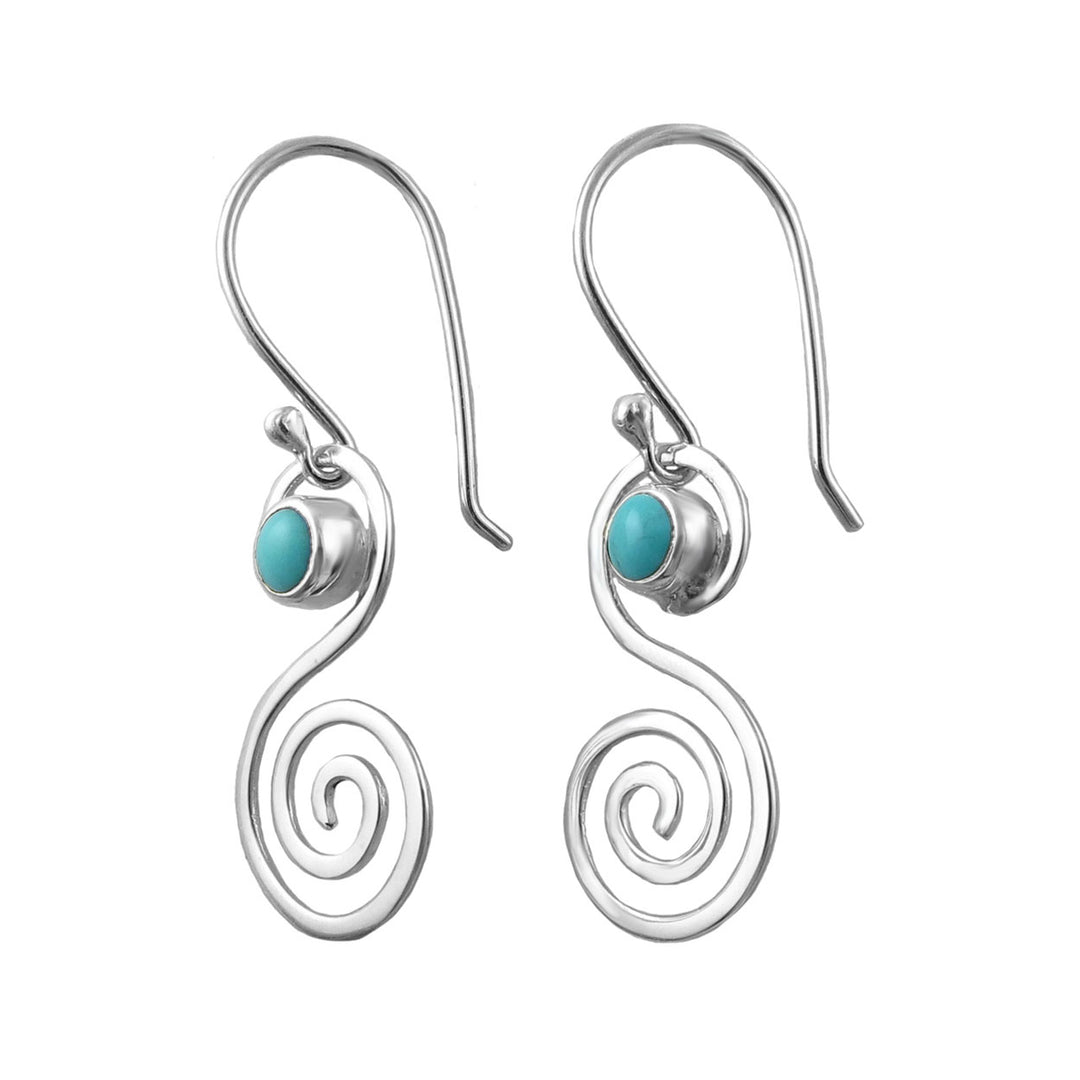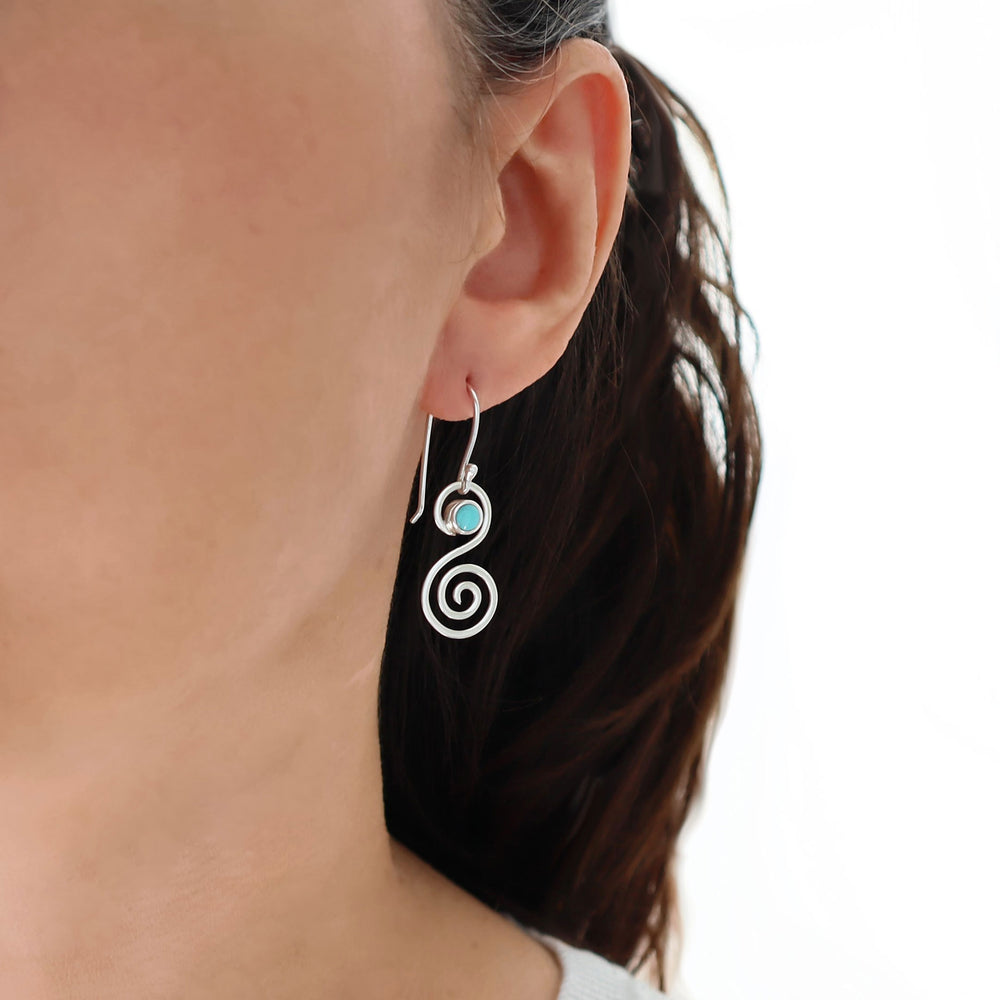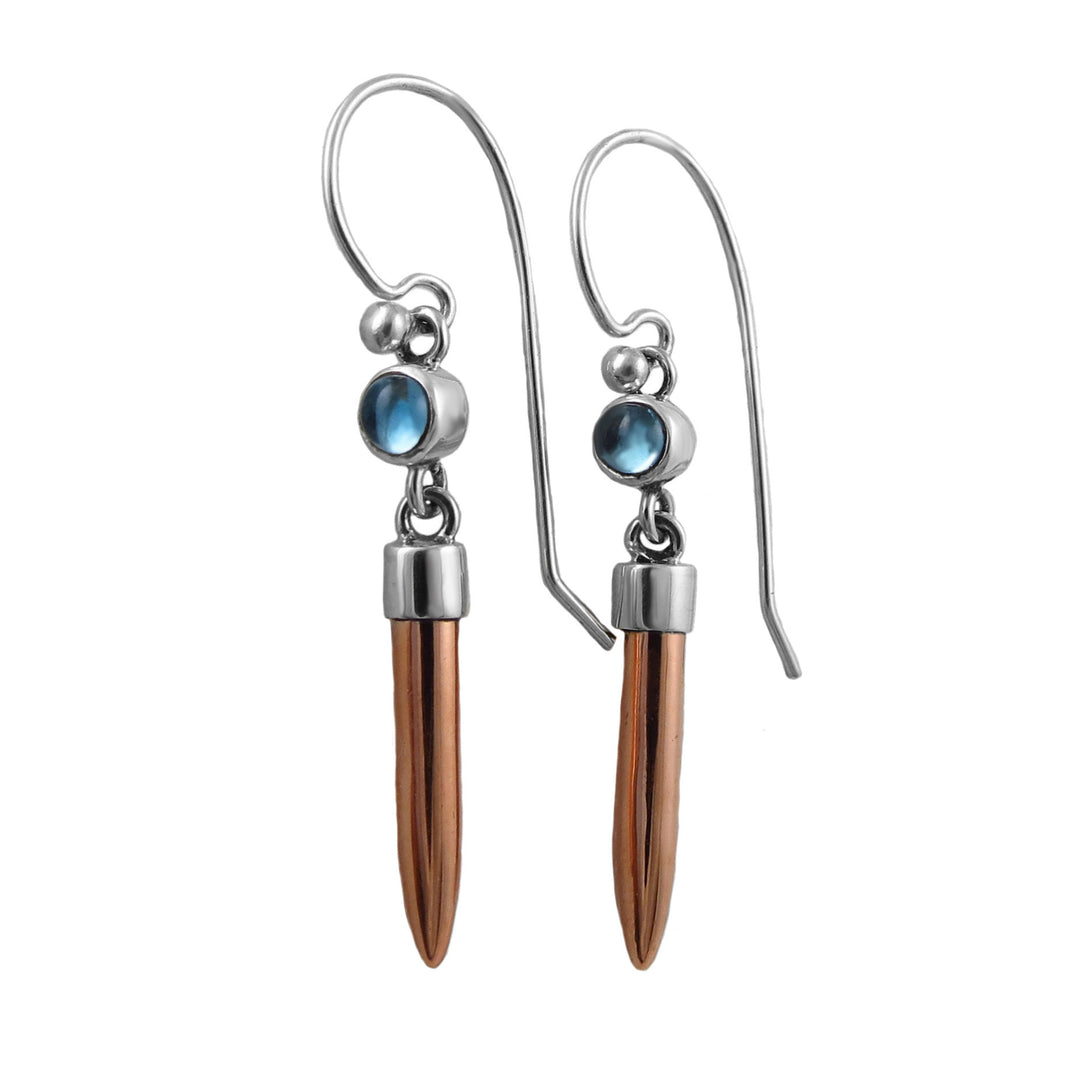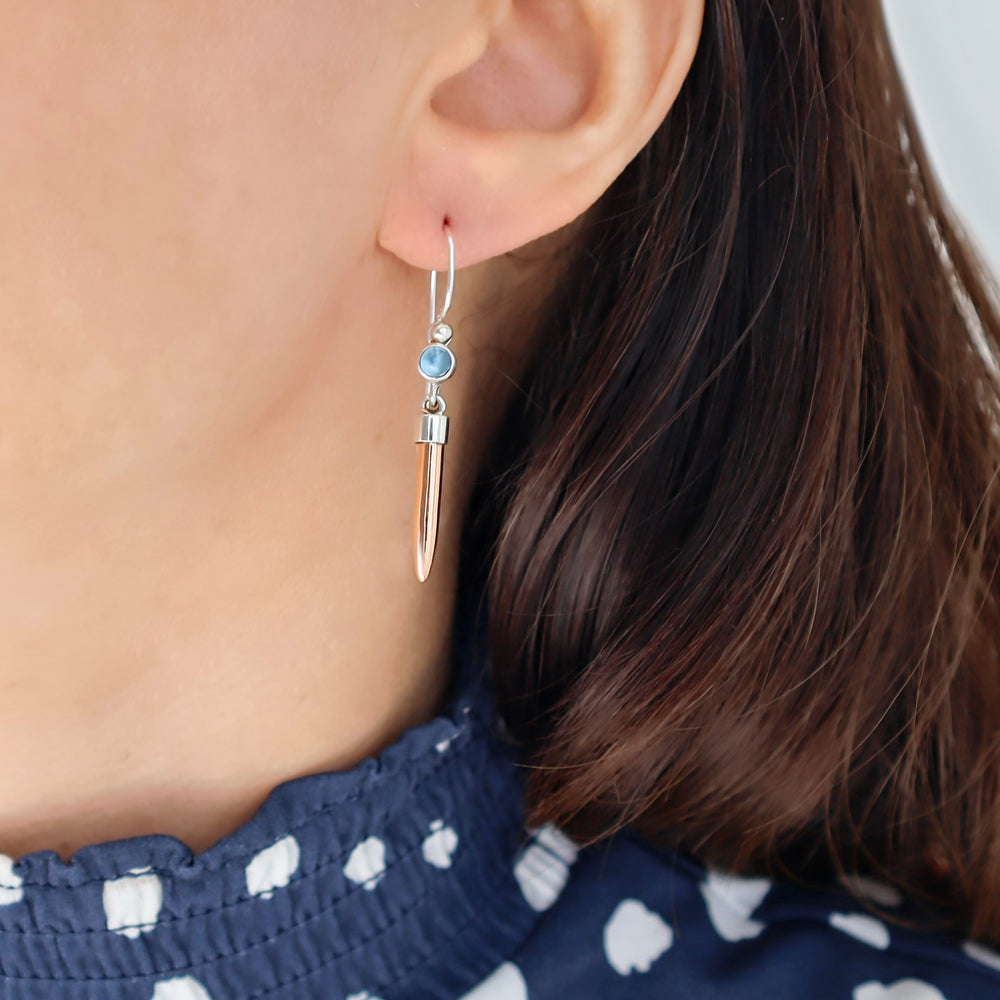Amethyst - The Alluring Birthstone for February
There’s something undeniably sophisticated about amethyst gemstones. With hues that range from the palest lavender to deep captivating violet it’s one of our favourite gemstones.
Amethyst is widely recognized as the birthstone for people born in the month of February which aligns with parts of the zodiac signs for Aquarius and Pisces. Amethyst is believed to resonate with creativity, protection, clarity and the intellect which are all qualities associated with the Aquarius and Pisces star signs. The soothing and protective energy bound to amethyst resonate with the introspective and imaginative qualities of an individual born in this deep winter month.
February as a month is often considered as a time for renewal and self-reflection, crossing as it does the cold of winter with the welcome promise of spring. Least we not forget, Valentine’s Day is also celebrated in the second month of the year and amethyst is the perfect gemstone for gifting at Valentine’s as it also represents love and protection from negative energy.

If you need an official reason to connect amethyst gemstones to the month of February then look no further than the American National Retail Jewelers Association that standardized the birthstone list in 1912 and solidified the place of amethyst as the gemstone for individuals born in the month of February – a connection that we think is justly deserved, blending as it does the ancient traditions and astrological connections with the symbolic themes of the month.
While the calming, steady energy of amethyst makes it a meaningful and fitting choice of gift for anyone celebrating their birthday in February, there are also other multiple appealing reasons to choose this popular gemstone.
The Appeal of Amethyst
While high grade amethyst is completely clear, the inclusions that appear in natural amethyst that may not be at the top of the range in terms of quality also have their own appeal making amethyst one of the most affordable gemstones available. It is easily cut into simple or complicated shapes and the deep hues of this beguiling gemstone look best when paired with lighter colours. Amethyst is the perfect complement for creamy pearls, sparkling zirconia, bright peridots and white crystals or sapphires.
With a Mohs hardness of 7 amethyst is the work-horse of the gemstone family and is durable enough for jewellery like rings, bracelets and earrings that get the most wear.
Regarding quality, Siberian amethyst is possibly the most prized out of all the different regions where amethyst has been discovered. Siberian amethyst features a deep purple tone with distinctive flashes of red and blue making it one of the rarest types of amethyst available.
So what of the history of this mesmerising gemstone? It will be no surprise to learn that amethyst has experienced many transformations throughout history and here are some of the highlights.
Amethyst through History
Amethyst is famed as the gemstone of spiritual growth and healing, clarity and tranquility. It’s long history in jewellery dates back to the Egyptian era where amethyst was highly revered and used in amulets and necklaces for protection and to guard against negative energy. Egyptian jewellery has been unearthed that features amethyst beads and talismans set into elaborate royal head-wear and heavy chain necklaces - a testament to the high regard for this gemstone in Egyptian society.

Purple in general as a colour has a long association throughout history with royalty, luxury and mystery. With good reason the ancient Greeks associated amethyst with Dionysus - the God of Wine – as they believed amethyst held the cure to intoxication. Indeed, the word amethyst comes from the Greek word amethystos, meaning ‘not intoxicated’. The Greeks favoured the wearing of amethyst in heavy rings, necklaces and amulets, a style that was also adopted by the Romans.
In the Middle Ages this versatile gemstone underwent another transformation when it was embraced by the Church as a symbol of piety and spirituality. During this period of history amethyst became known as ‘The Bishop’s Stone’, as members of the clergy took to wearing a single statement gold ring set with an over-sized amethyst gemstone to signify their commitment to God.
Amethyst came into its own during the Baroque period of history which was known for over-the-top opulent scroll designs decorated with gemstones. In Baroque period jewellery amethyst was often paired with pale creamy pearls for a striking contrast between the themes of light and dark. The drama of amethyst is best celebrated and highlighted in the jewellery from this period.
The Art Nouveau and Art Deco periods also saw amethyst celebrated alongside the famous enamel and gold scrollwork of these heavily influential design periods in history.
Amethyst and Royalty
During the Victorian period amethyst was the gemstone favoured for mourning brooches where its dark hues offered a subdued elegance to the somber style of the occasion.
Did you know that amethyst gemstones feature in several pieces of the British Crown Jewels? An over-sized amethyst in cabochon form sits above the Cullinan diamond in the Imperial Sceptre while the St Edward’s Crown is decorated with seven amethysts and has been worn at every coronation since Charles II in 1661.
The Kent Amethyst Parure is a set of matching amethyst jewellery pieces that has been part of the Royal collection for centuries and was a particular favourite of Queen Victoria.

5 The Kent Amethyst Parure - image courtesy of Tiaramania
Contemporary Amethyst Jewellery
Amethyst has been celebrated for many reasons throughout history and its testament to the versatility of this attractive stone that it can look equally as stylish in a muted setting as bursting in over-sized joy from a statement necklace or bracelet.
While its uses may have varied throughout history amethyst still remains one of the most popular gemstones in jewellery design. The range of clarity that can be found across amethyst from different region of the world means that this transformative gemstone can be found in exclusive high end jewellery designs as well as more affordable mid-range jewellery.
Whether you choose to wear it as your birthstone or simply for its allure, it's spiritual association and rich colour mean that amethyst is still as popular today as it has ever been.




















